Sustainable Menu Design Development: A Digital Portfolio Project
VerifiedAdded on 2023/06/08
|31
|2707
|395
Project
AI Summary
This project presents a digital portfolio focused on the development of a sustainable menu, incorporating various aspects of design, research, and marketing. The project begins with an introduction and includes a mind map and mood boards to visualize the design process. Primary and secondary research, including questionnaires and analysis of existing literature, inform the consumer persona profile and business design development. The core of the portfolio showcases the design development process, including the final design outcome, which emphasizes digital and sustainable menu options. The marketing mix, branding, and USP are also outlined. The project culminates in an evaluation report, reflecting on strengths, weaknesses, obstacles encountered, and the effectiveness of the research conducted. The portfolio highlights the importance of sustainable materials, digital menus, consumer feedback, and visual elements like food photography and typography to create an appealing and environmentally friendly menu.
1 out of 31
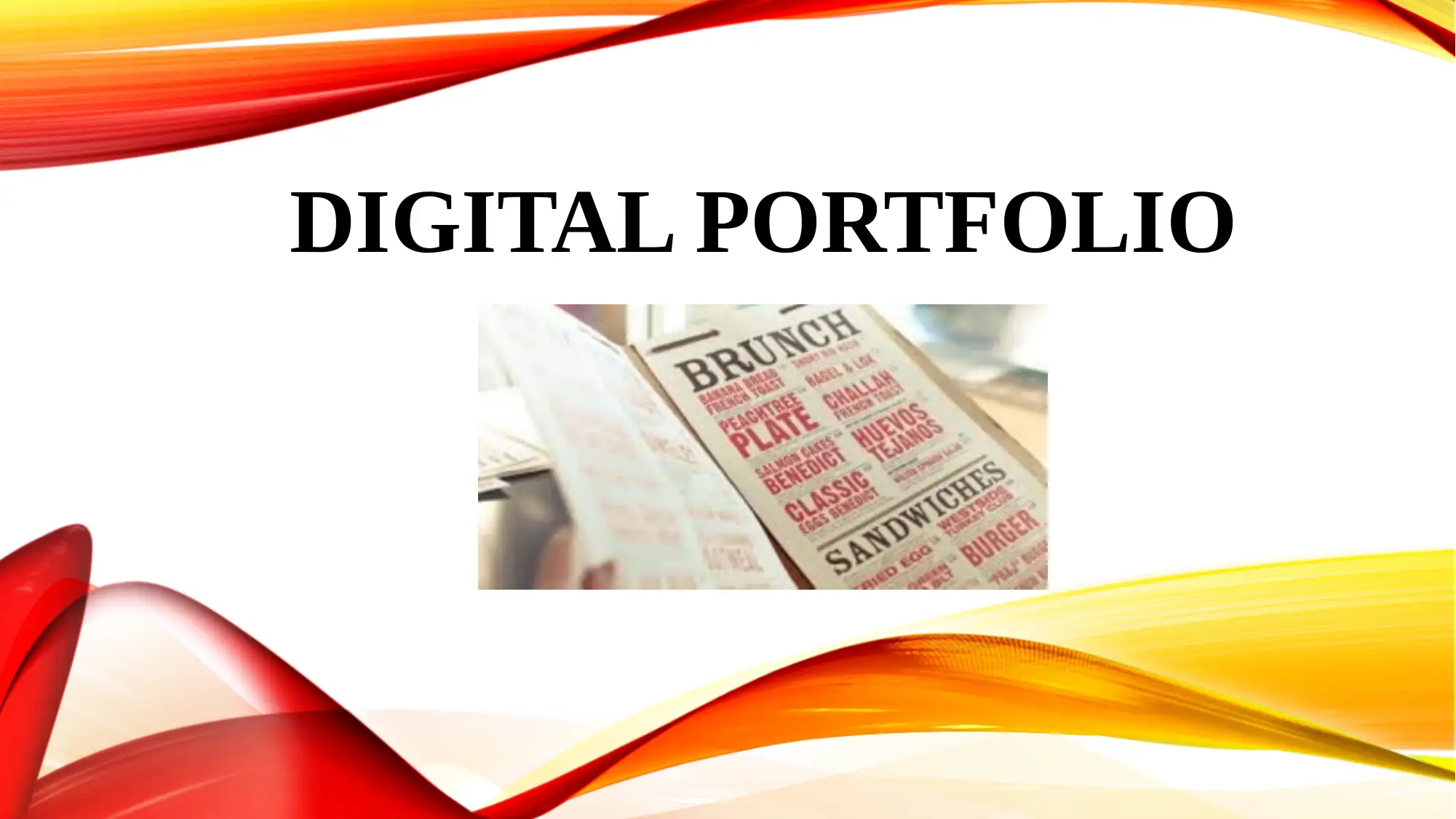
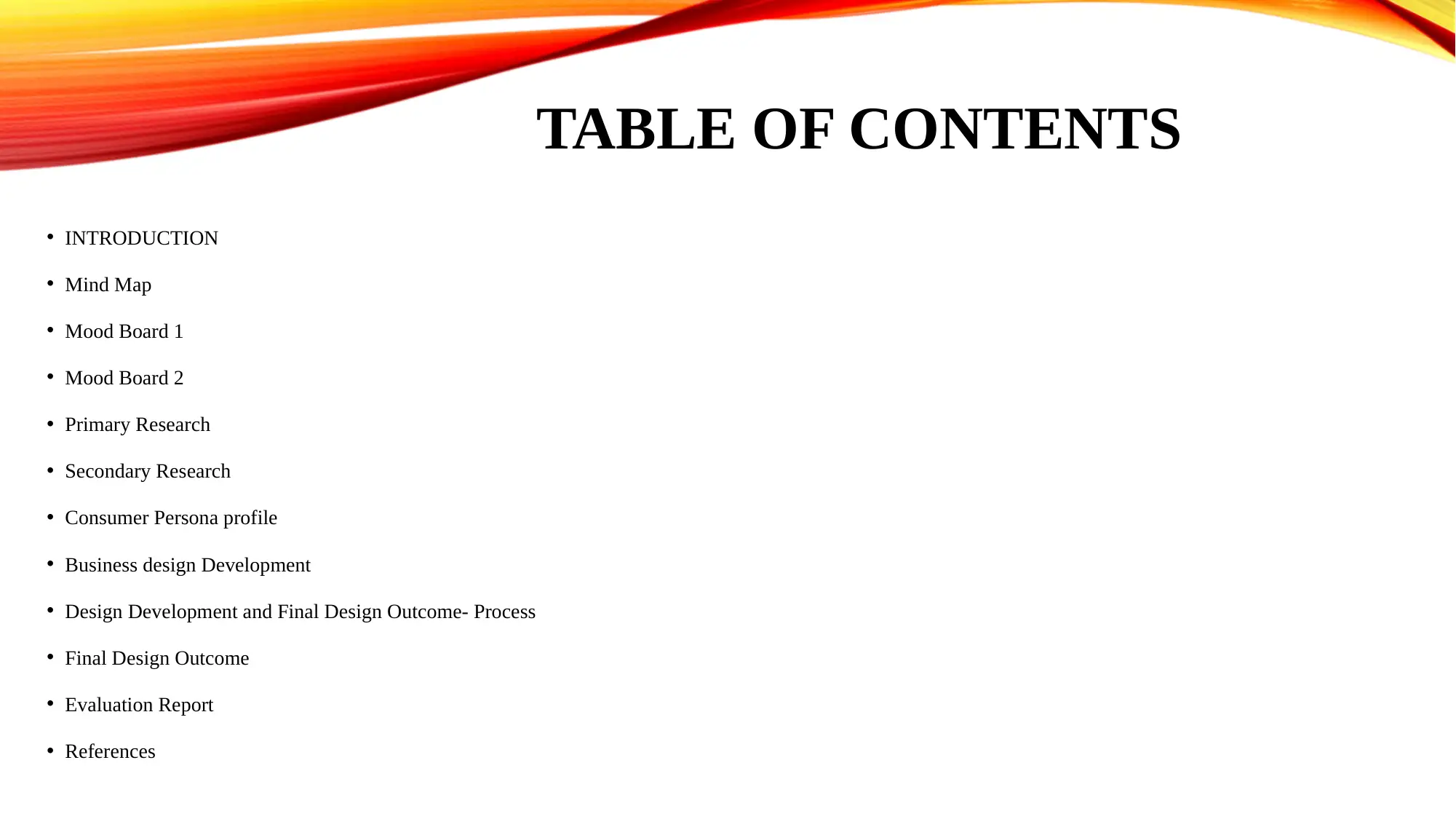
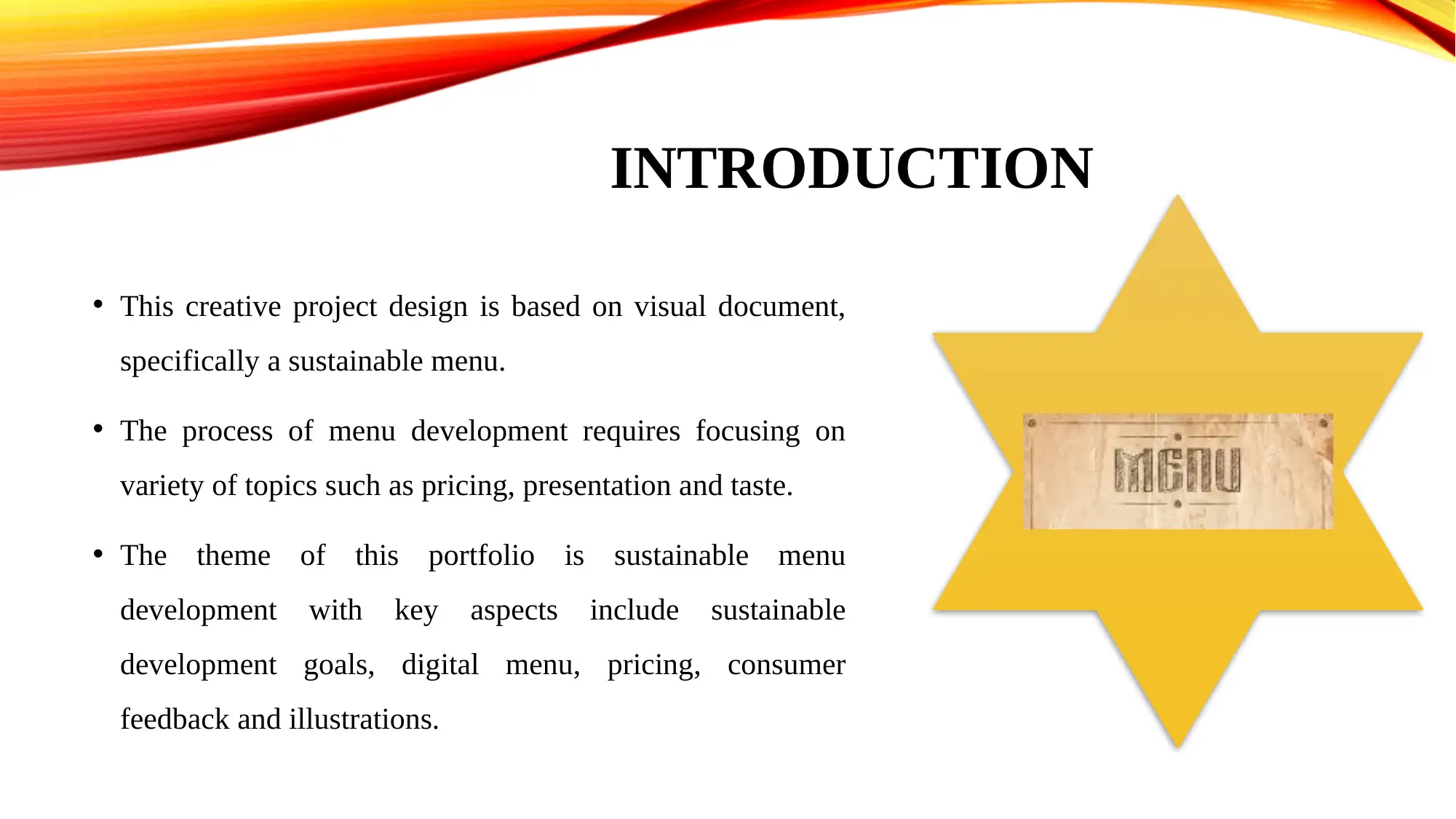

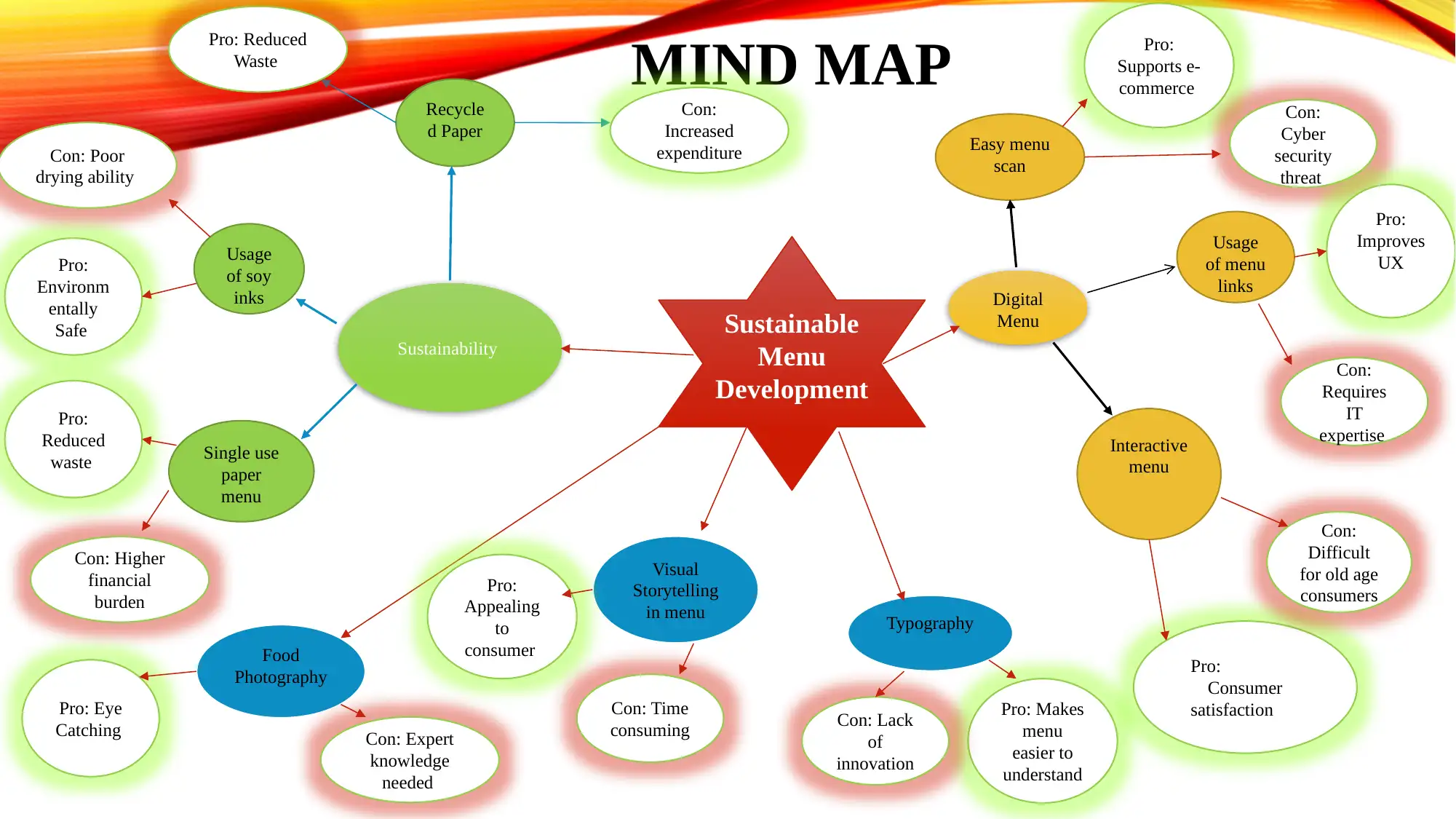
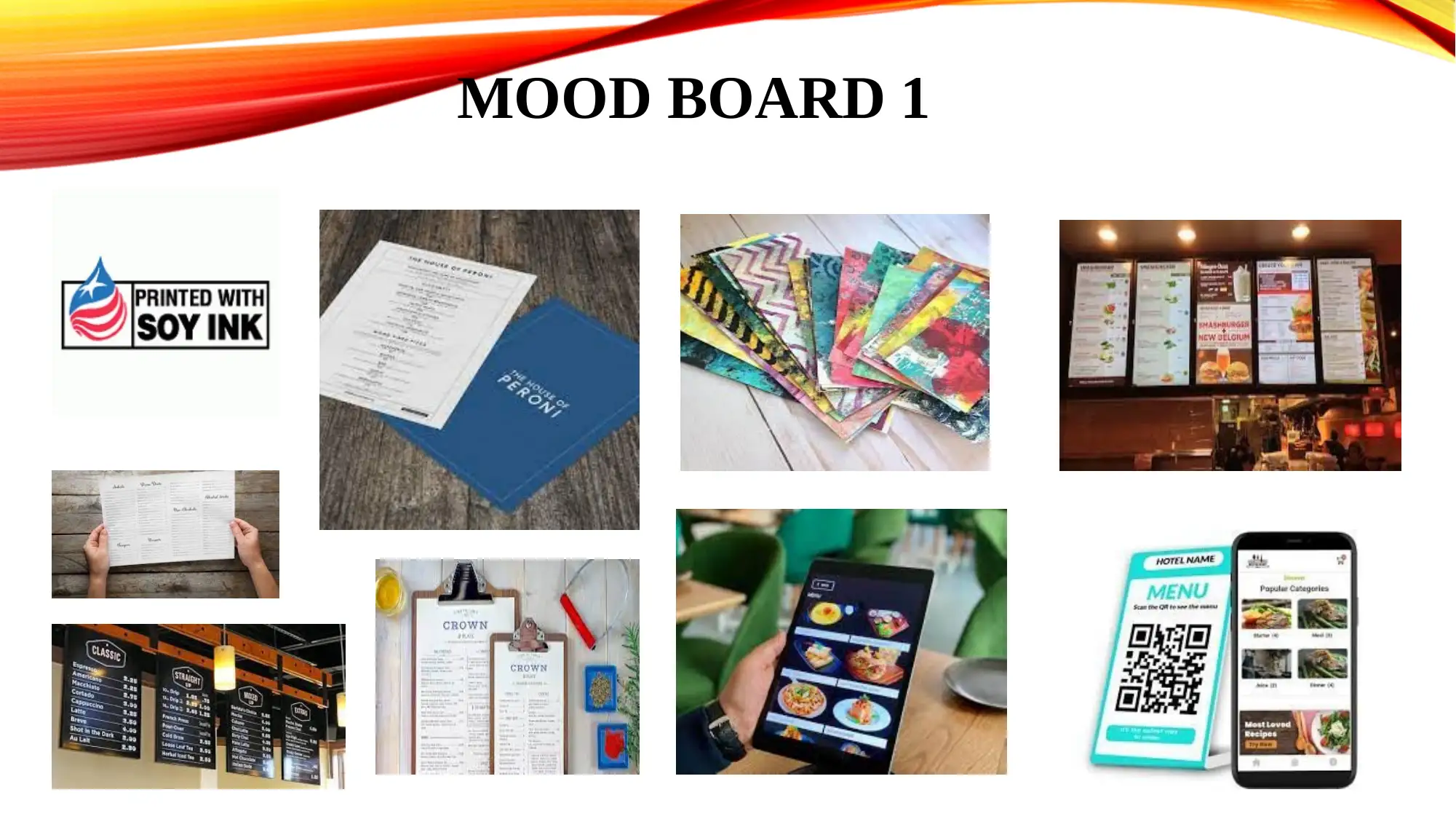
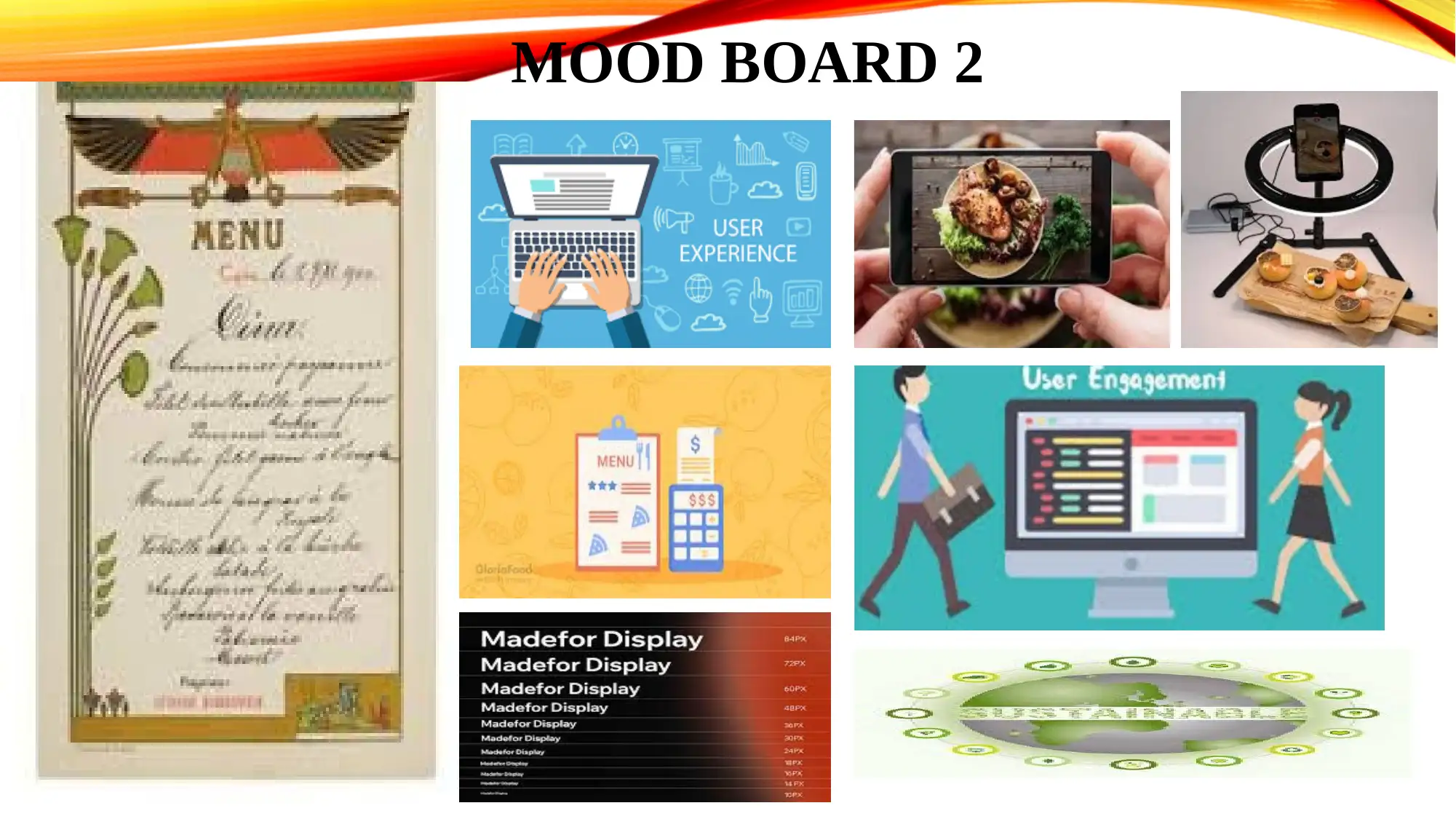
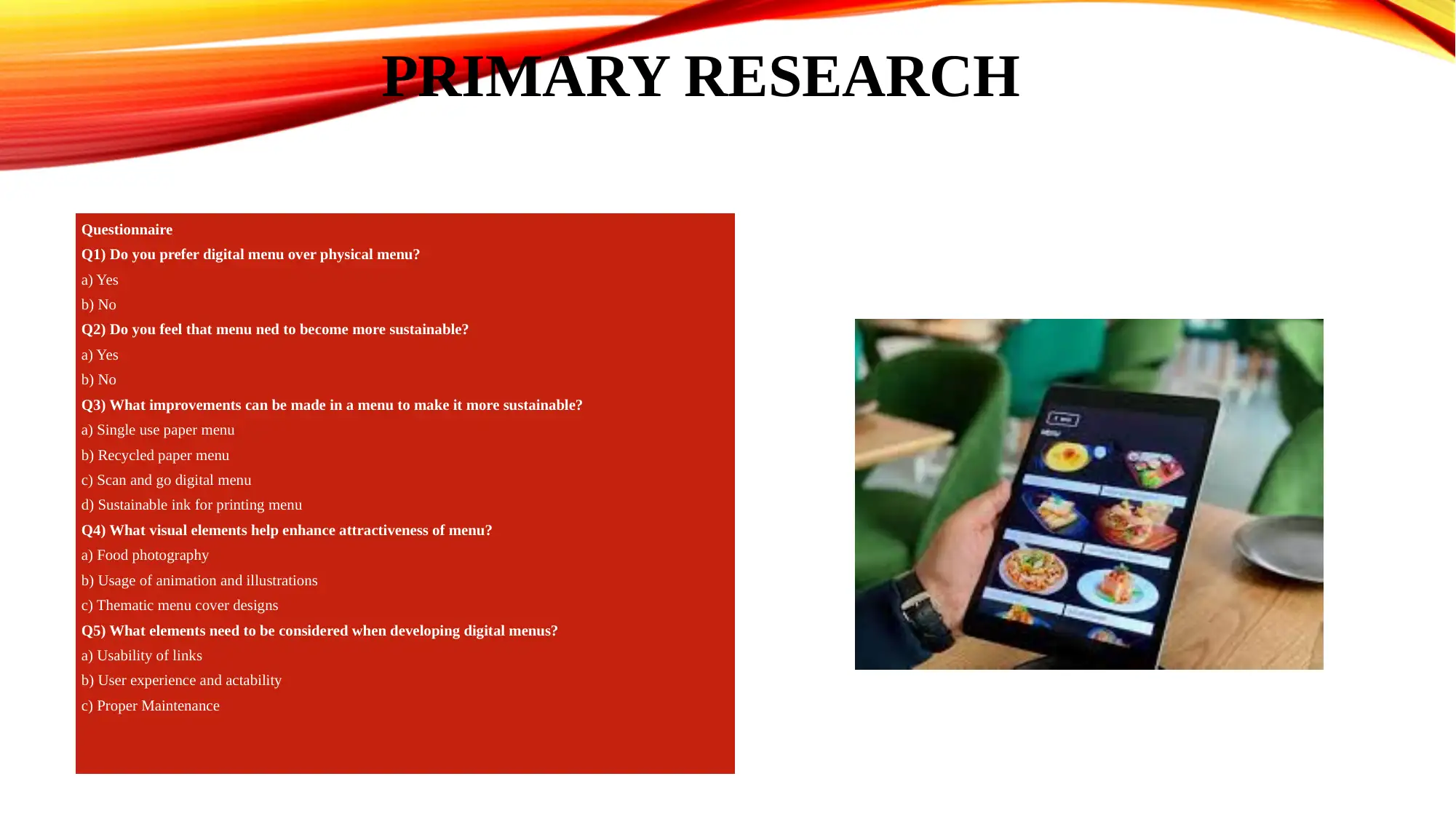
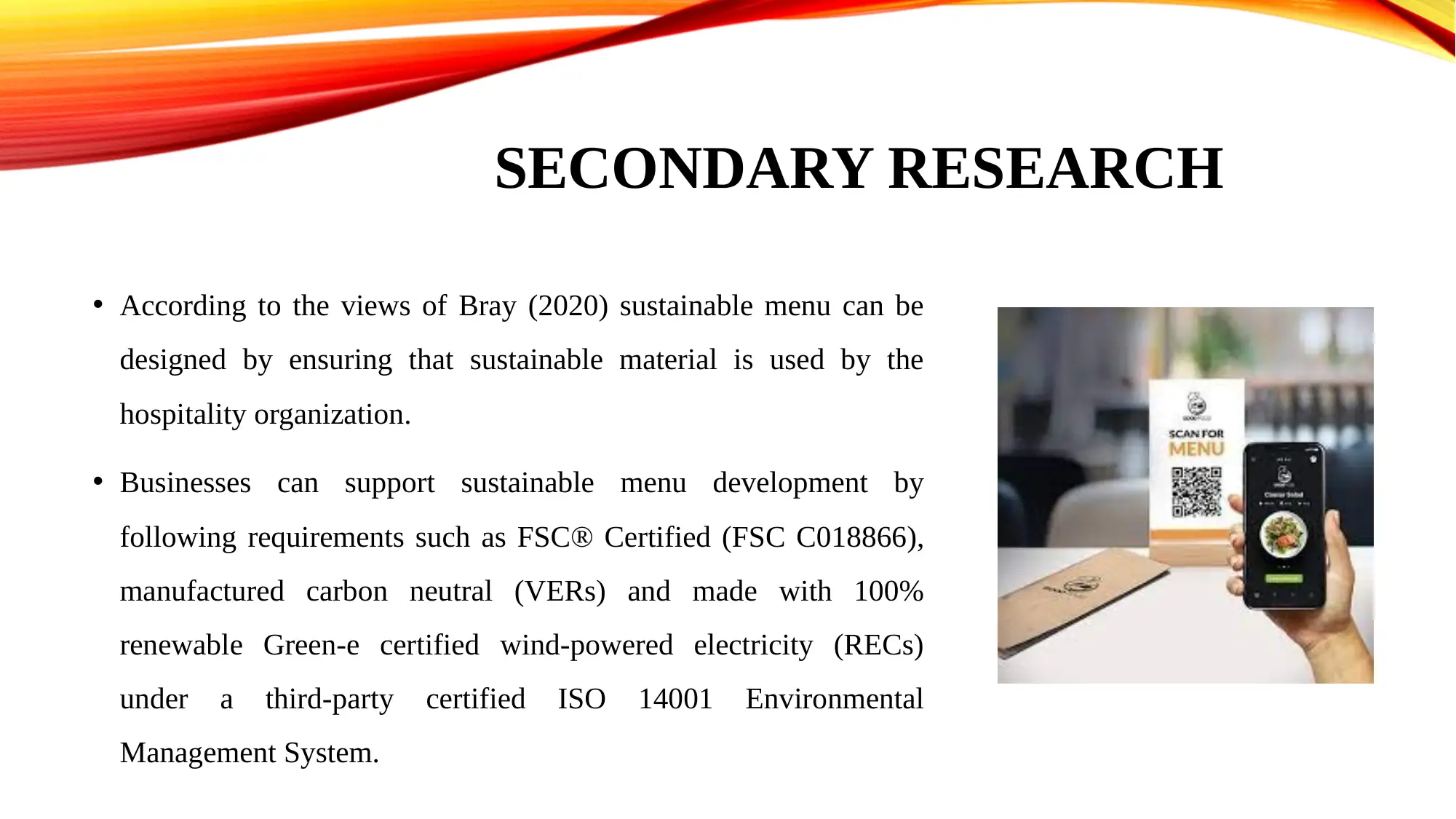
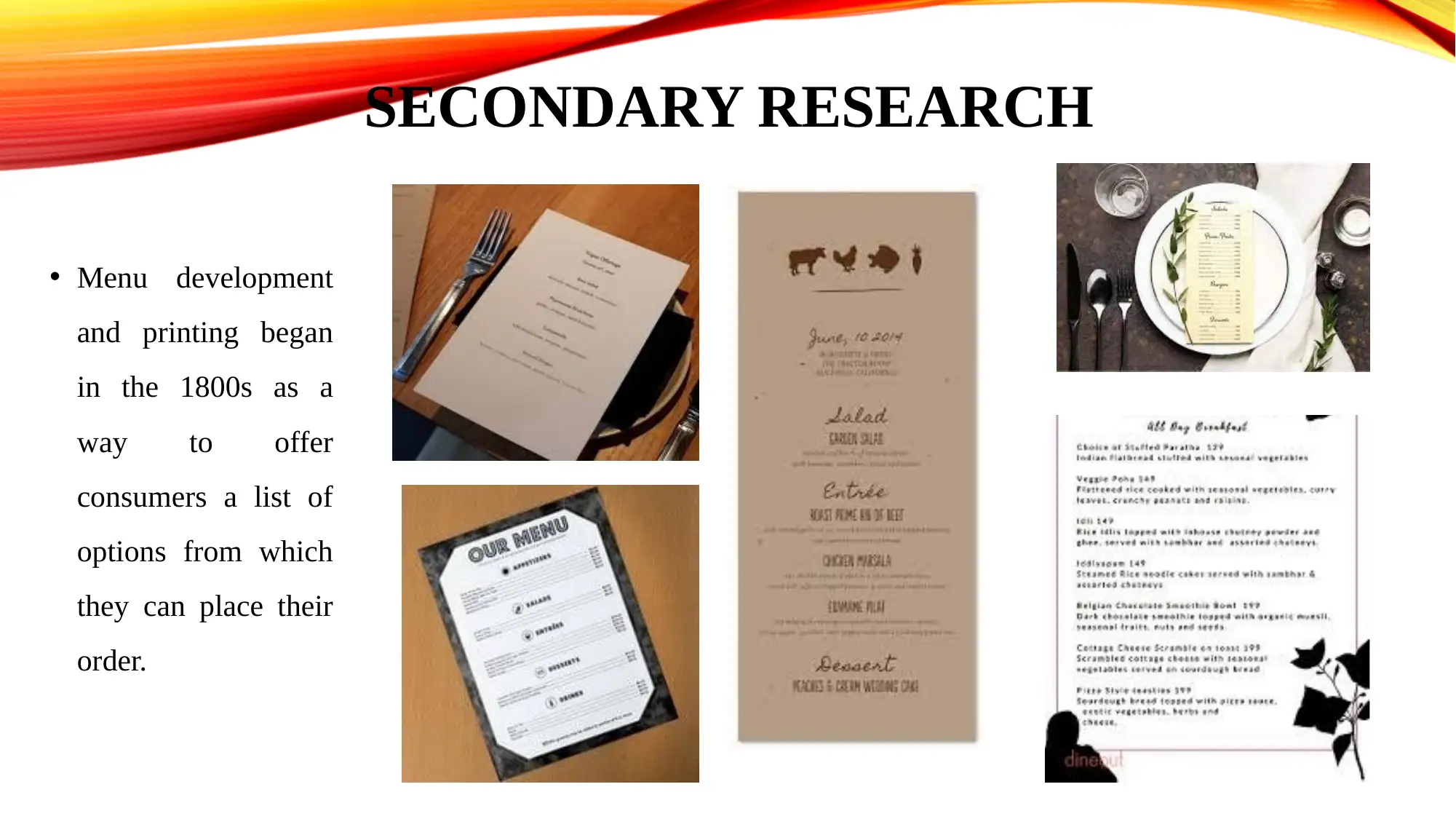
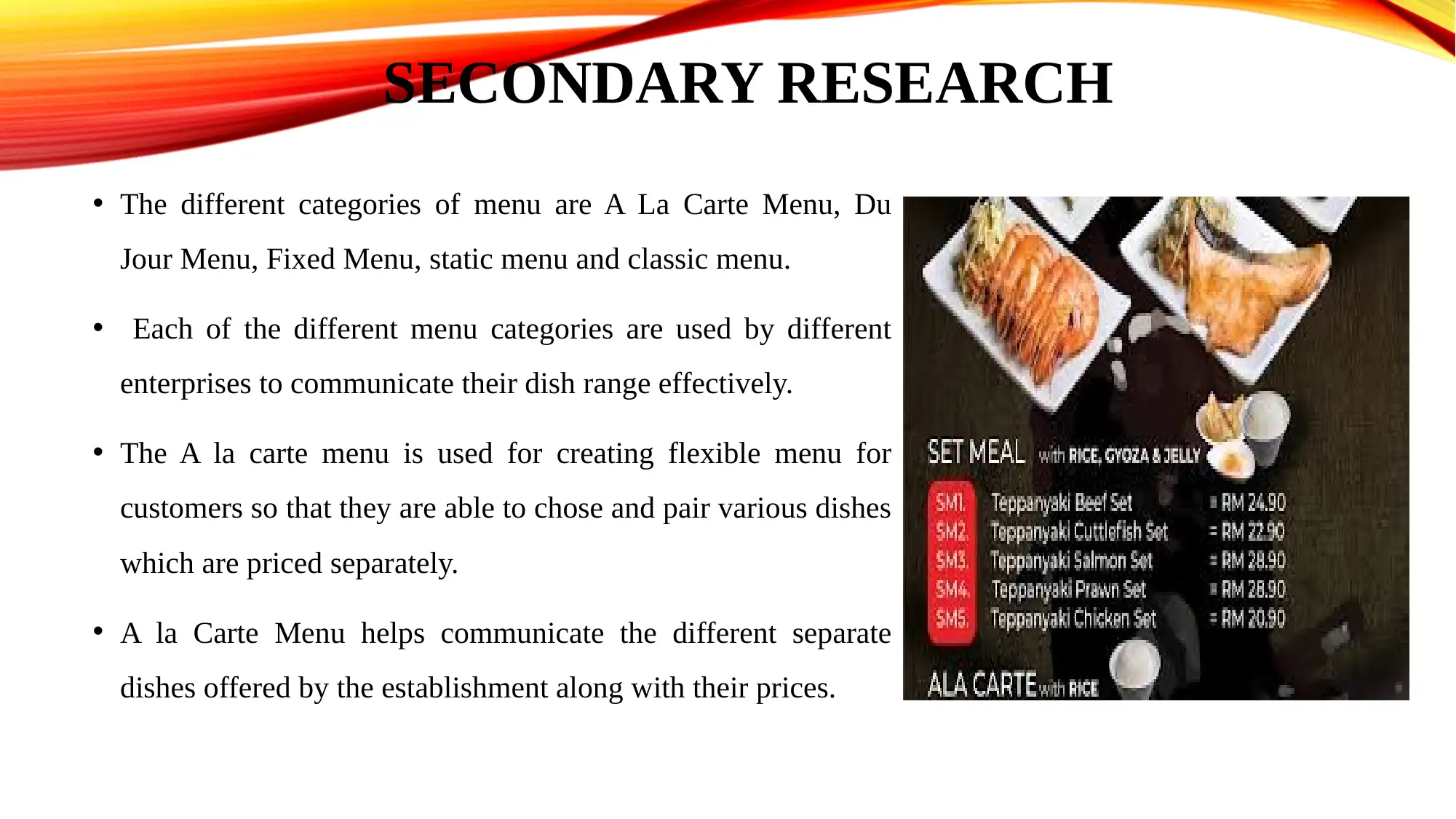
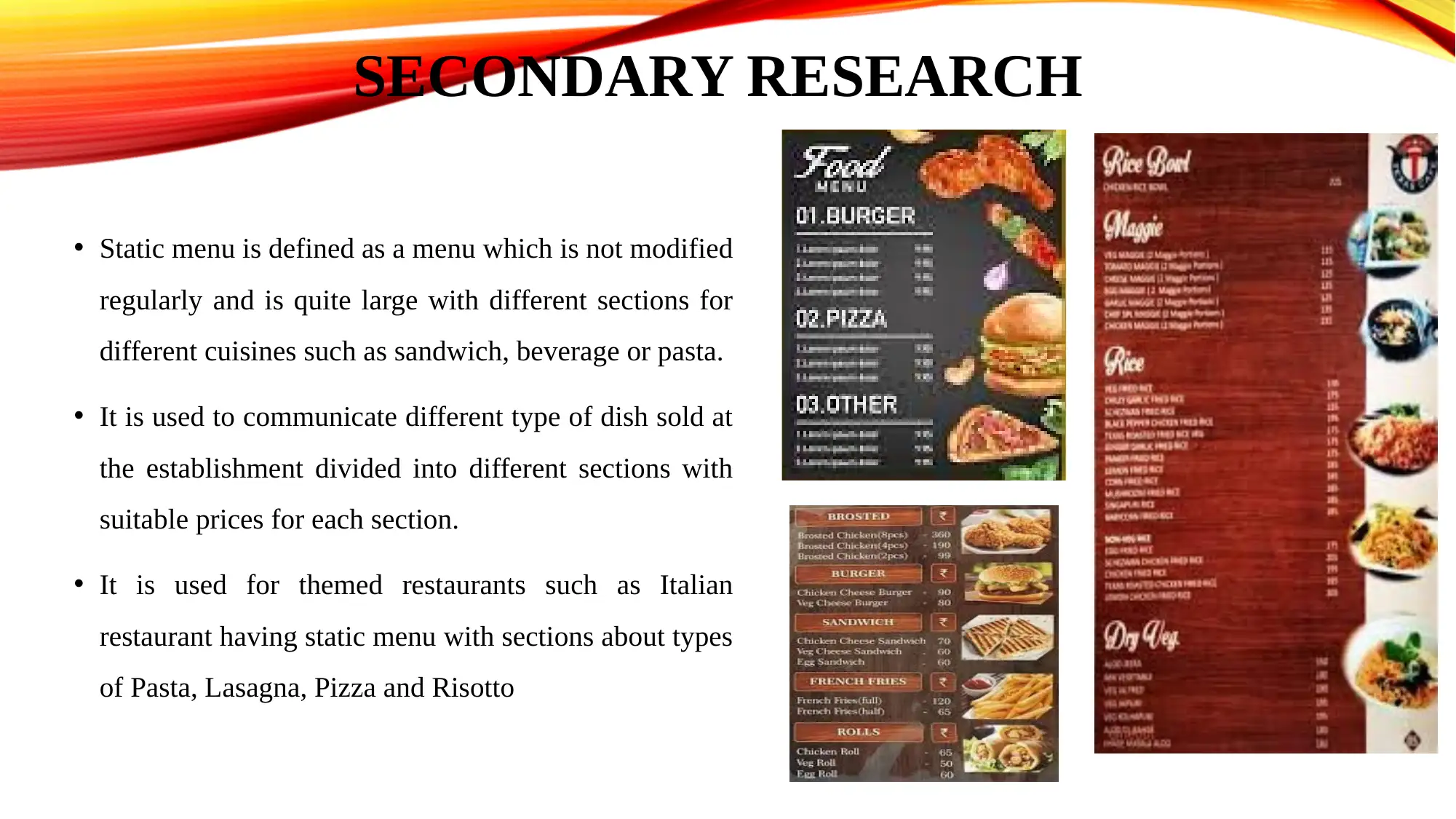
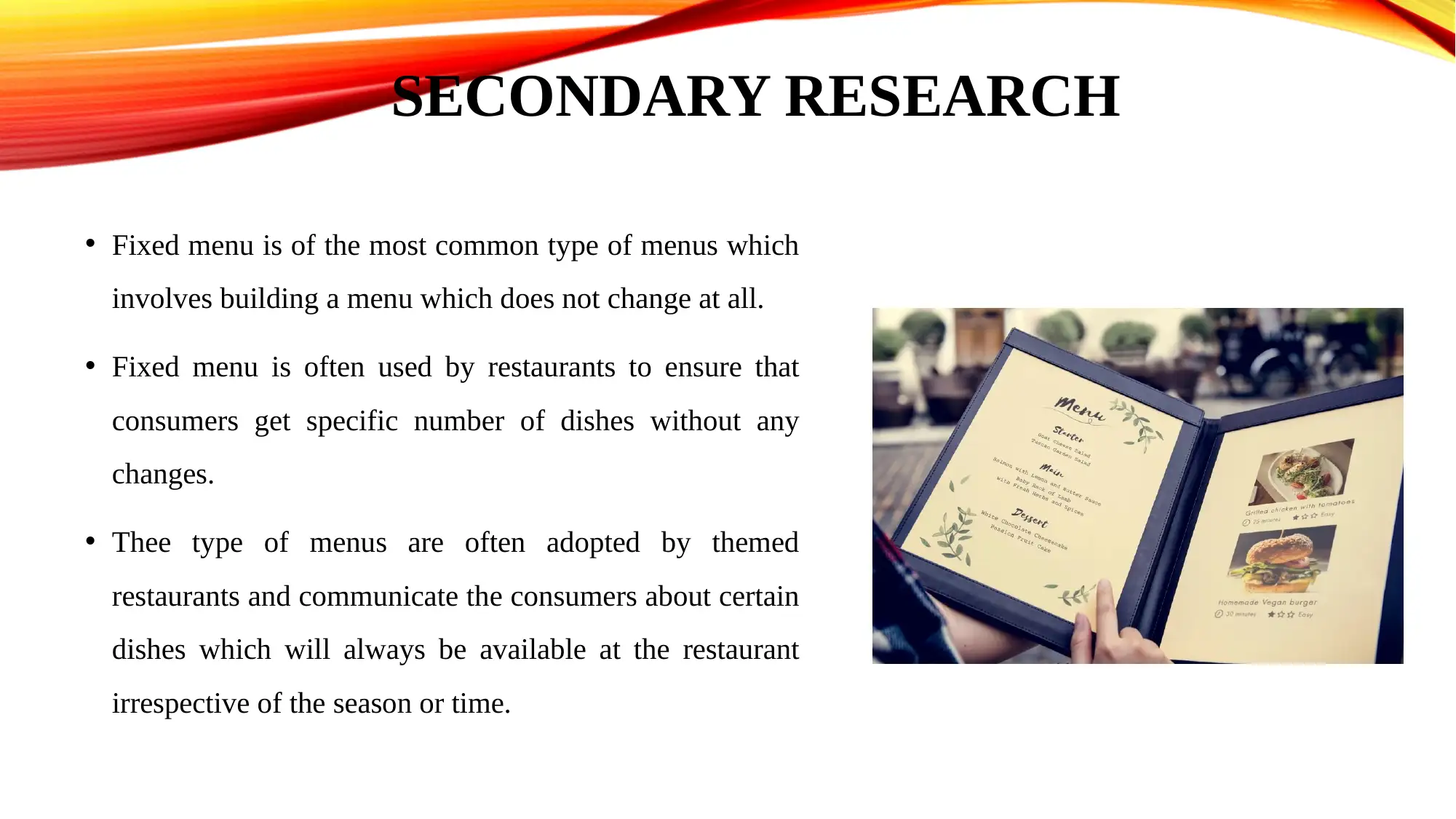






![[object Object]](/_next/static/media/star-bottom.7253800d.svg)